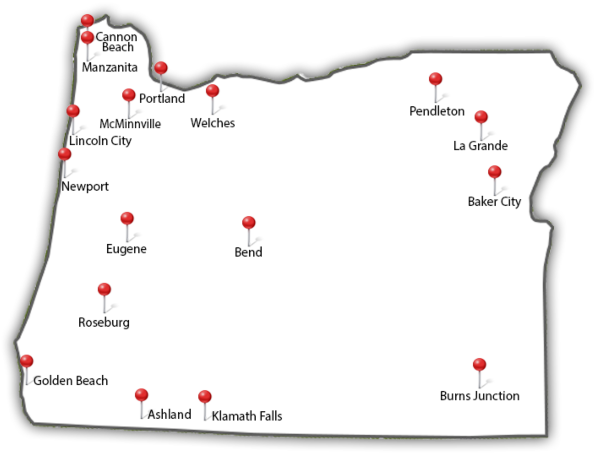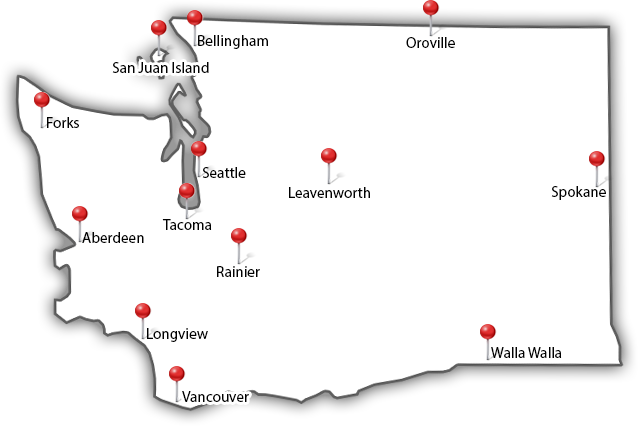12 of the Amazing Animals That Live in Portland’s Trees
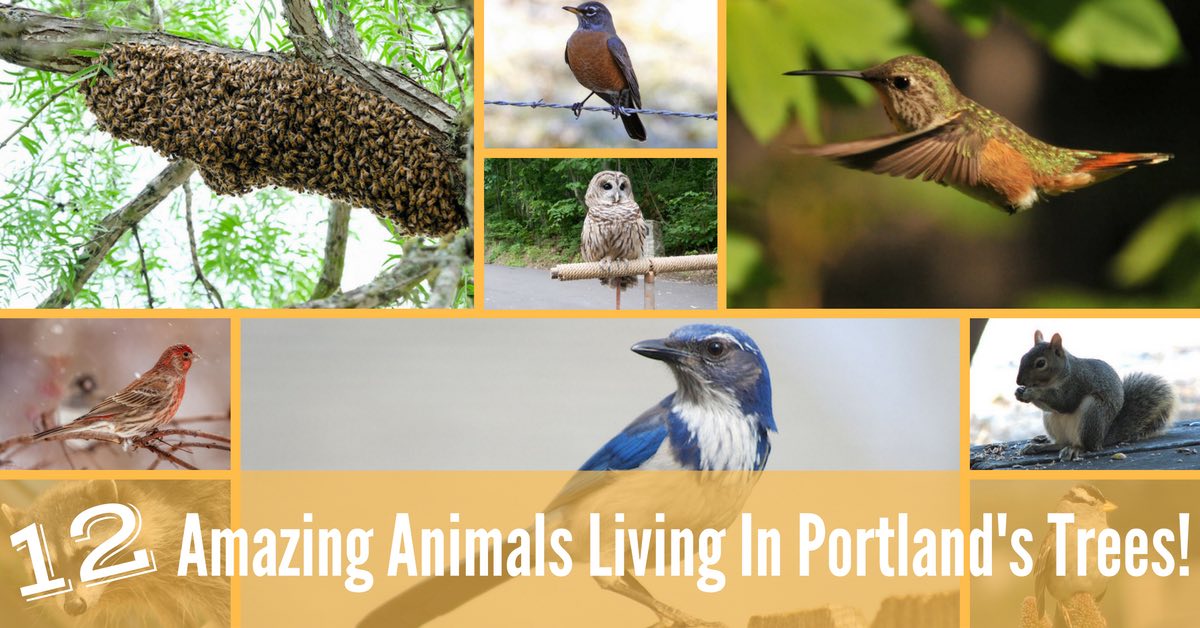 Recently, we talked about some of Portland’s most notable heritage trees. In this month’s post, we’ll still be talking about trees, but this time around we’ll take a closer look at a few of the fascinating animals that call Portland’s trees home!
Recently, we talked about some of Portland’s most notable heritage trees. In this month’s post, we’ll still be talking about trees, but this time around we’ll take a closer look at a few of the fascinating animals that call Portland’s trees home!
Birds
So many different species of birds live in Portland area trees! Here are a few of the most common:
House Finch
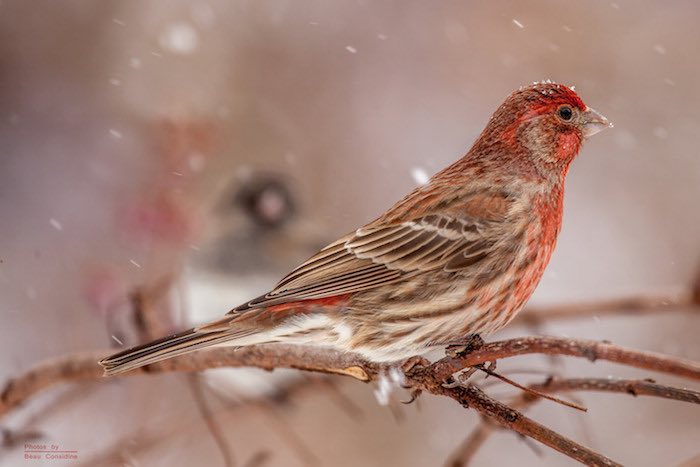
The House Finch is a small bird– about the size of a person’s hand. Males of the species have a red forehead, throat, and chest while females are recognizable for their rusty brown color.
House Finches are found all over the Portland area, but they tend to avoid dense forests. You’ll find them downtown and in the suburbs, too! Interestingly, House Finches didn’t get introduced to the Willamette Valley area until the 1940’s, but clearly they’ve thrived!
Western Scrub-Jay
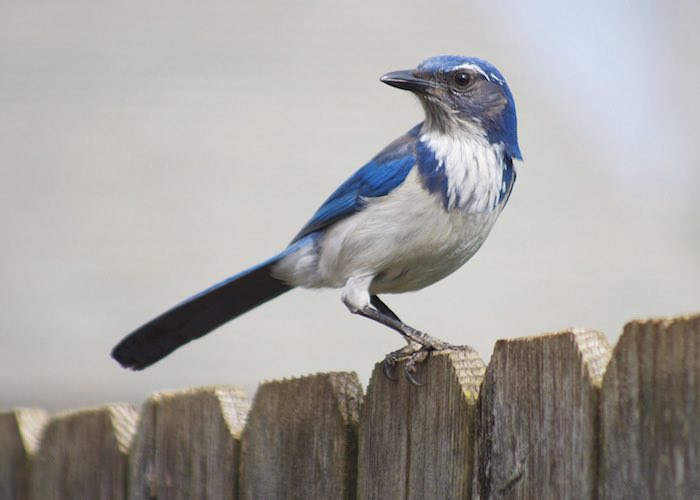
The Western Scrub-Jay is a big bird, usually measuring about a foot long. It’s found throughout the Portland area and often nests in oak trees or other deciduous trees. The Scrub-Jay is actually kind of like a squirrel– it buries nuts and acorns to eat later!
Dark-Eyed Junco
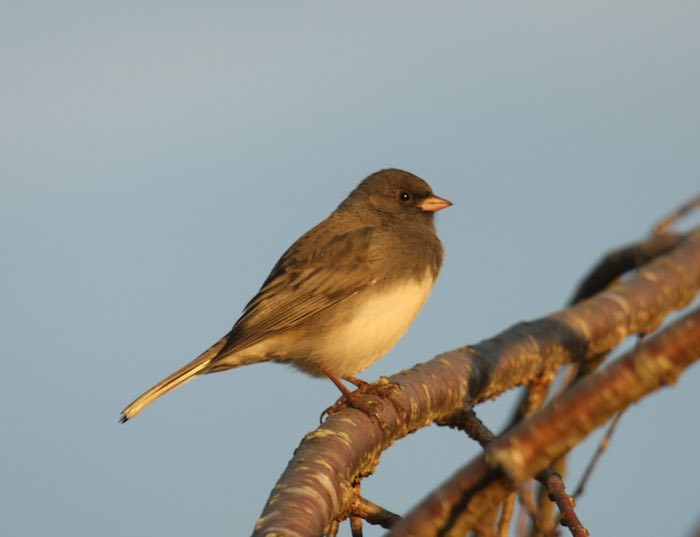
This small bird is frequently spotted at Portland area birdfeeders. But when it comes time to nest they prefer pine, fir, and other coniferous trees. The easiest way to identify the Dark-Eyed Junco is by its jet black head and small sparrow-like body.
Rufous Hummingbird
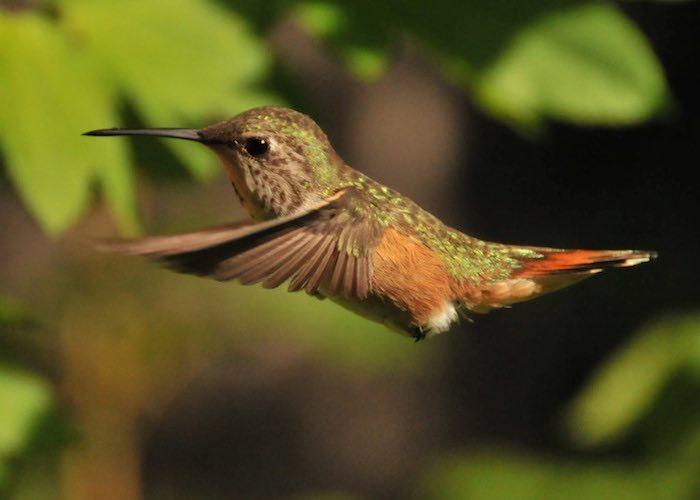
These tiny birds are just gorgeous! The male Rufous Hummingbird has iridescent green and orange red feathers. The females tend to be more subdued in color.
Hummingbirds feed on nectar and tree sap and build their tiny nests in all sorts of trees. The Rufous Hummingbird is very territorial so don’t be surprised if you get buzzed when you get too close!
Red-shafted Flicker
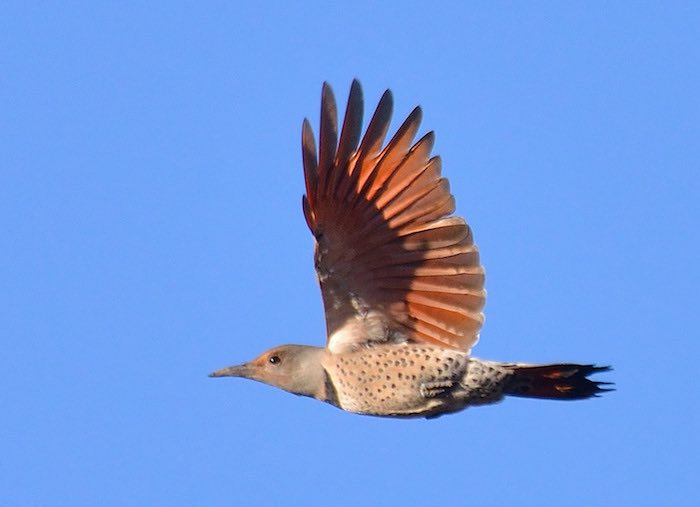
The Red-shafted Flicker is a large woodpecker that lives in wooded areas throughout the city and surrounding areas. Even if you’ve never seen one, you probably recognize their Wocka-Wocka-Wocka birdcall.
American Robin
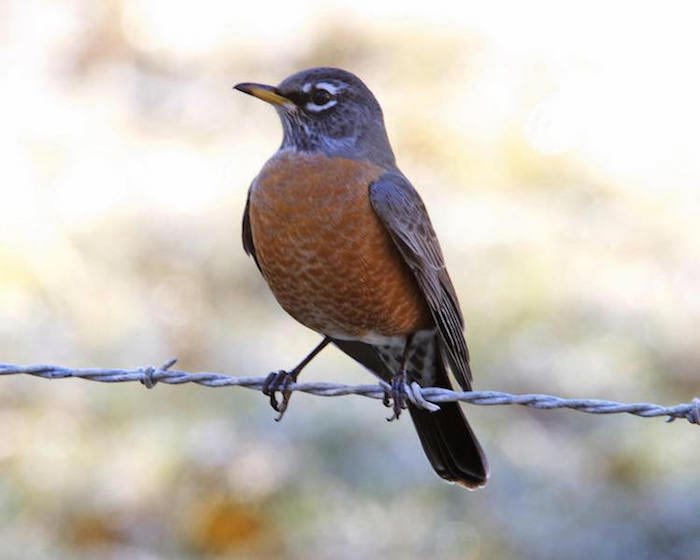
The American Robin is very recognizable with its orange chest and grey body. You’ll see it throughout the city during all but the coldest months of the year when they head south.
White Crowned Sparrow
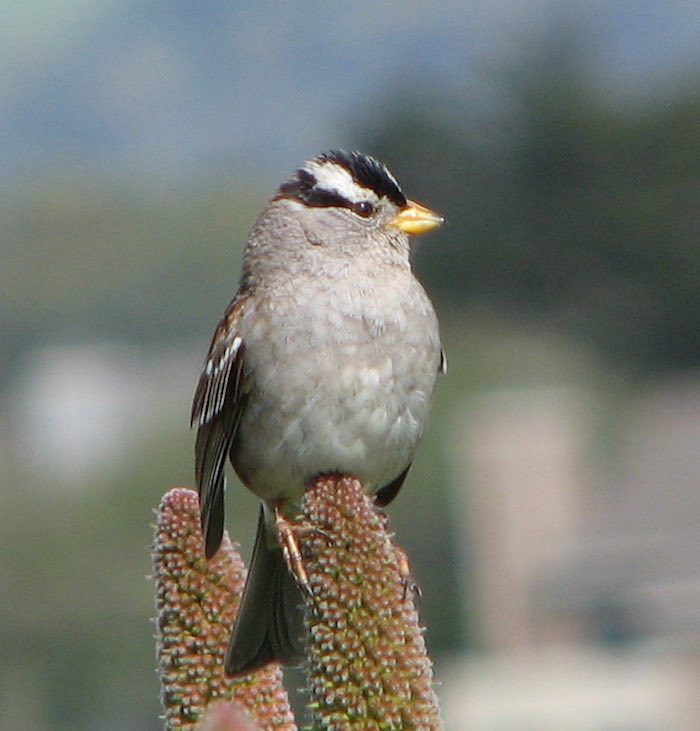
Another one of Portland’s most common birds, the White Crowned Sparrow is a somewhat bulky bird with a brown and white mottled appearance. They love to eat seeds from birdfeeders and nest in shrubs and small trees! Unlike other birds, the White Crowned Sparrow resides in the Portland area year-round and generally doesn’t migrate south for the winter.
Owls, Hawks & Falcons
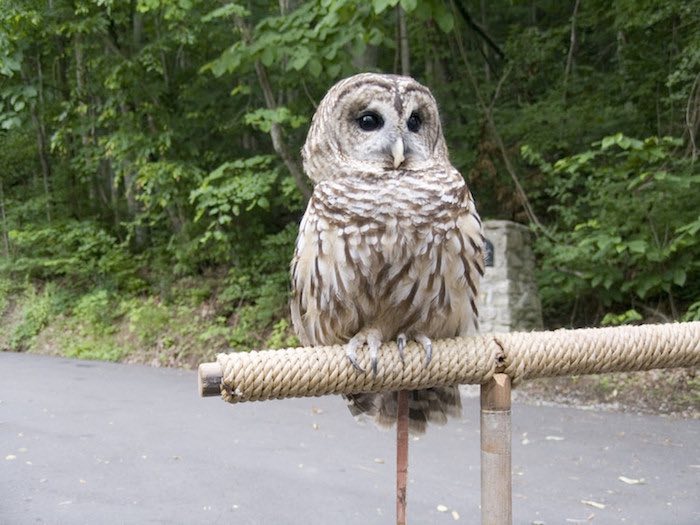
In addition to songbirds, there are also plenty of predatory birds in the Portland area, including Barred owls and several species of hawks and falcons. These predatory birds use their well-hidden nests for resting and rearing their young, so you’re more likely to see them flying in the open than perched in a tree. Check out local parks like Oaks Bottom, the Hoyt Arboretum, and Forest Park for your best shot at seeing a predatory bird in the wild!
Mammals
In addition to a wide variety of birds, you’ll find other interesting creatures nesting and living in trees throughout the Portland area, including raccoons and squirrels.
Raccoon
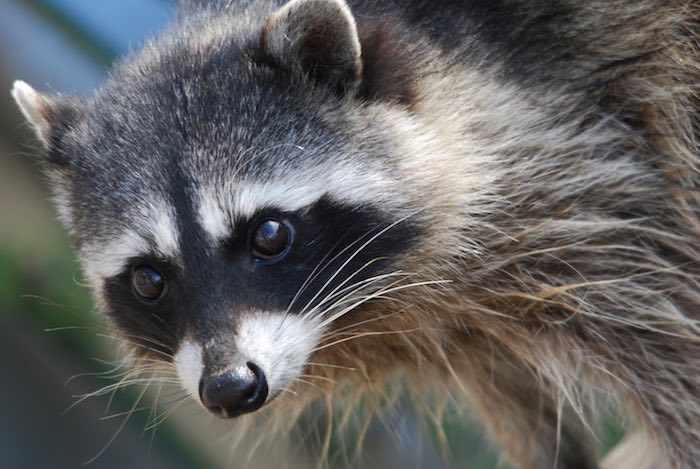
While most people don’t think of raccoons as tree-dwelling animals, they’re up there! During the night, clever urban raccoons will climb trees to steal eggs from a bird’s nest for food. During the day, they may rest in a tree. Be careful of approaching any raccoon as they can be aggressive if they feel cornered!
Eastern Gray Squirrel & Eastern Fox Squirrel
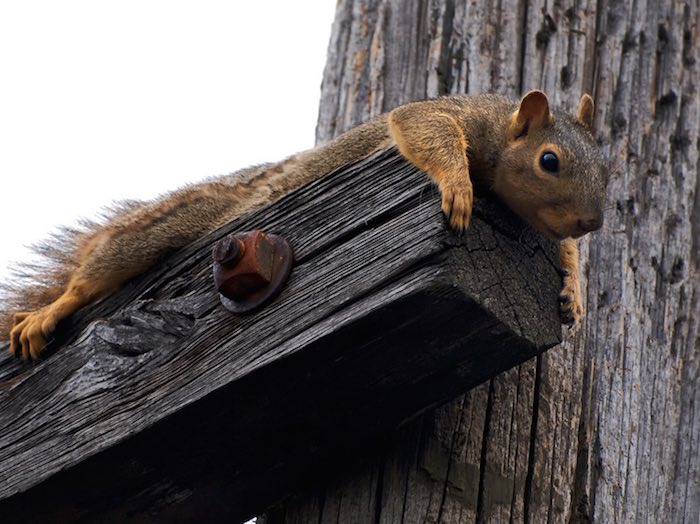
Unfortunately, these two common species of squirrel are both non-native species and are considered invasive and damaging to native species. They’re normally found in areas with lots of people as they’ve learned to take advantage of food left by humans.
Western Gray Squirrel
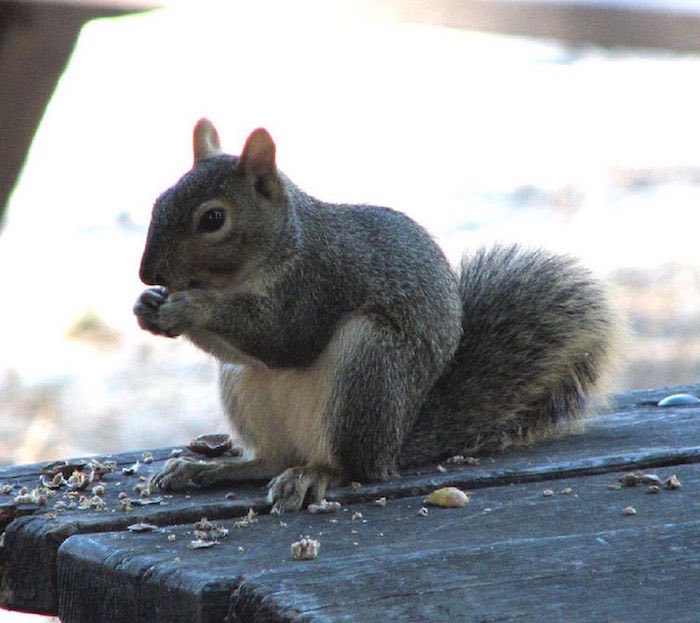
The Western Gray Squirrel is a native species that is unfortunately on the decline due to removal of old growth forests and increasing numbers of non-native squirrel populations. The Western Gray has more pronounced black and white colored fur compared to the Eastern Gray. Western Gray Squirrels are considered a threatened species, so make sure you don’t disturb any that you see!
Bees & Wasps
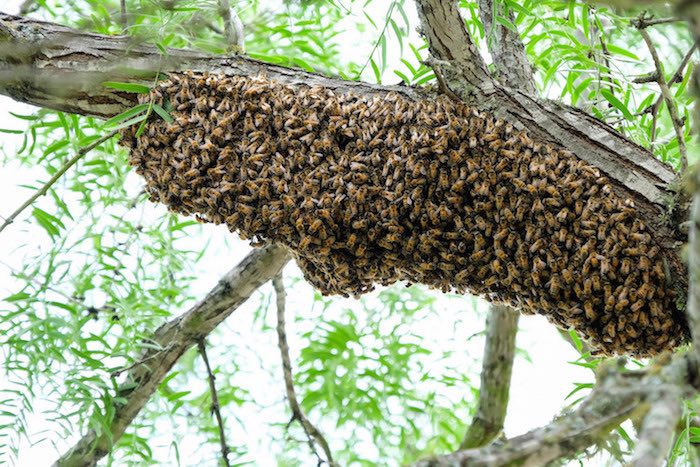
Bees and wasps aren’t as cute as hummingbirds or baby squirrels, but they frequently live in trees throughout the Portland area. When it comes to bees, you have nothing to worry about. During swarming season, it can be a little unnerving to see a giant mass of bees on a tree in your yard. However, bees “swarm” naturally as they outgrow their current nests and are just looking for a place to call home.
Just call the Bee Hotline at (503)444-8446, and an experienced beekeeper will come to your home and collect the bees and give them a new home.
If you see a wasp nest, however (or aren’t sure about what you’re seeing), keep your distance! Wasps and yellowjackets can be aggressive and their stings can be very painful (or even dangerous if you’re allergic). If you think you see a wasp or yellowjacket nest in a tree in your yard, the best thing to do is keep your distance call a professional exterminator to have it removed.
Do You Have Questions About Animals In Your Trees?
At Northwest Arbor Culture, we’re happy to come out and take a look at your trees. Just give us a call at (503)538-8733. We can tell you if a tree has been damaged by a nesting squirrel, if a bee or wasp nest needs to be removed, and answer any other questions about animals that might be living in your trees.
Photo Credits: Beau Considine, Oregon Dept. of Fish & Wildlife, John Flannery, Kathy & Sam, Darron Birgenheier, Lip Kee Yap, BTWG, Jessica Mullen, David Slater, Jean, Ingrid Taylar, Lars Plougmann
blog comments powered by Disqus






